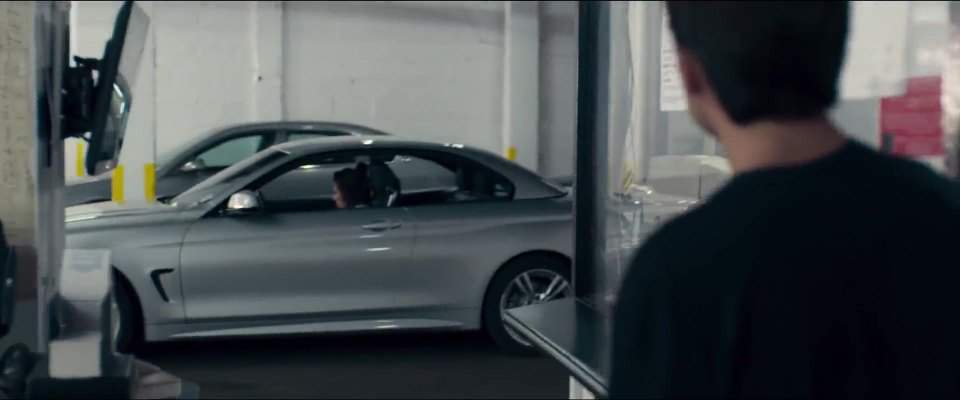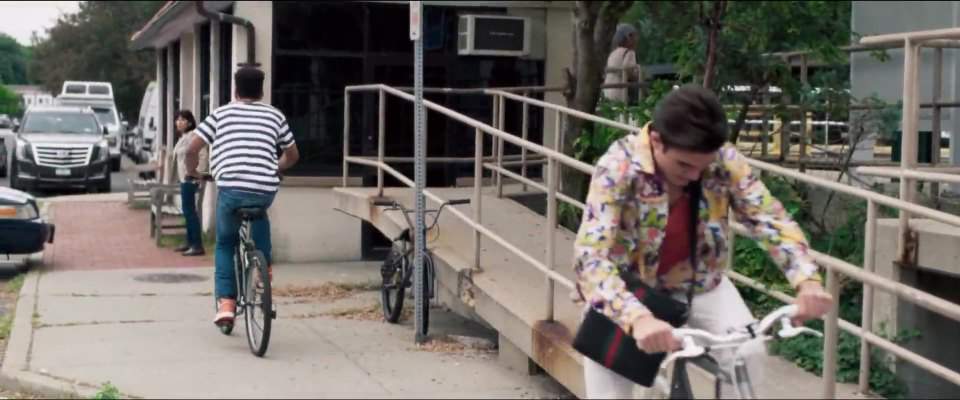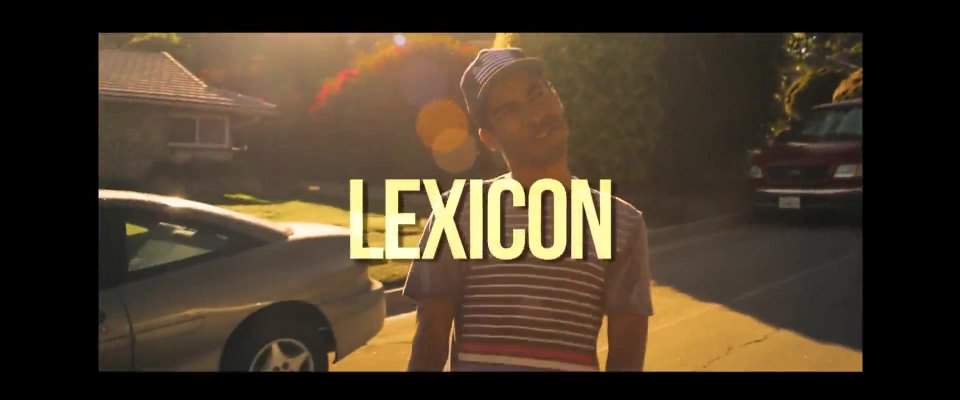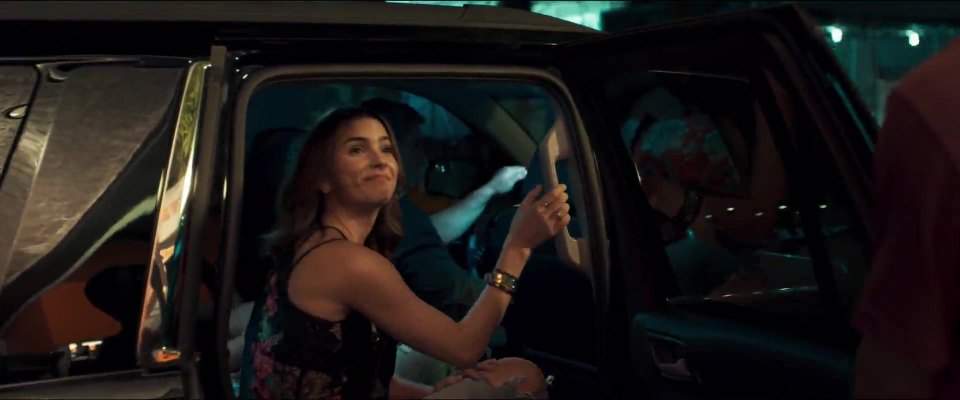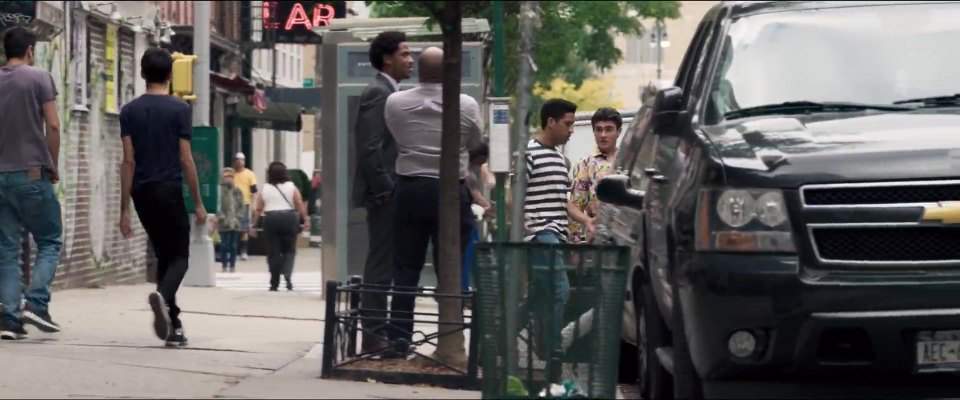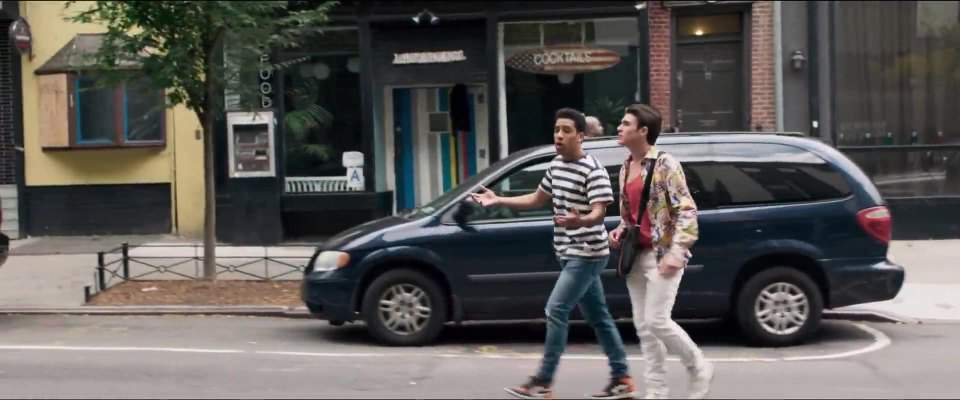The Day After 2018
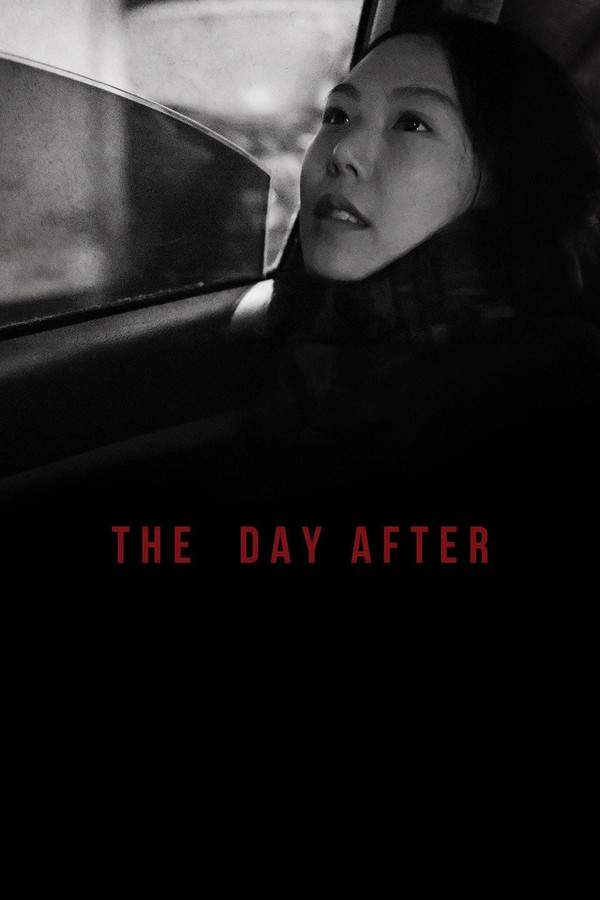
A publisher’s life spirals out of control, threatening to destroy everything he’s built. His newest assistant, Areum, finds herself caught in a web of deceit and must contend with the fallout of his actions. As she navigates this complex situation, an unexpected connection develops between her and her troubled boss, Bongwan. Together, they must face the repercussions of past betrayals and confront an uncertain future.
Does The Day After have end credit scenes?
No!
The Day After does not have end credit scenes. You can leave when the credits roll.
Meet the Full Cast and Actors of The Day After
Explore the complete cast of The Day After, including both lead and supporting actors. Learn who plays each character, discover their past roles and achievements, and find out what makes this ensemble cast stand out in the world of film and television.
External Links and Streaming Options
Discover where to watch The Day After online, including streaming platforms, rental options, and official sources. Compare reviews, ratings, and in-depth movie information across sites like IMDb, TMDb, Wikipedia or Rotten Tomatoes.
Ratings and Reviews for The Day After
See how The Day After is rated across major platforms like IMDb, Metacritic, and TMDb. Compare audience scores and critic reviews to understand where The Day After stands among top-rated movies in its genre.

The Movie Echo Score
The Day After presents a compelling visual narrative offset by mixed character depth and deliberate pacing. Critics repeatedly highlight the film’s monochromatic cinematography and bold temporal structure as defining assets, while noting that its measured pace and occasional narrative opacity can hinder engagement. Emotional resonance is uneven, with some praising the authentic expressions of regret and others lamenting a lack of character clarity. Overall, the film leaves a persuasive visual impression tempered by its introspective yet uneven storytelling.
The Movie Echo Score Breakdown for The Day After

Art & Craft
In terms of art and craft, The Day After excels through its disciplined visual design and editing rhythms. Critics emphasize the clinically precise black-and-white cinematography and the use of drab interiors to reinforce thematic melancholy. Production choices, including measured shot compositions and seamless extended takes, underscore the director’s formal rigor. Overall, the film’s art direction delivers a cohesive and evocative aesthetic.

Character & Emotion
When it comes to character and emotion, The Day After delivers authentic moments but struggles with consistent depth. Reviews point to genuine expressions of regret and straightforward candor in pivotal scenes, yet observe that motivations and interpersonal chemistry often remain underdeveloped. The lead performances convey sincere melancholy but are tempered by a lack of narrative grounding. As a result, the emotional resonance feels intermittent rather than fully immersive.

Story & Flow
In terms of story and flow, The Day After presents an inventive non-linear structure that can feel uneven at times. Critics note the bold use of flashbacks and time jumps to explore themes of destiny and regret, while also pointing out occasional narrative opacity and slow pacing. The plot’s deliberate minimalism fosters thematic focus but can diminish engagement for some viewers. Ultimately, the story’s artistry is tempered by variable narrative momentum.

Sensory Experience
Regarding sensory experience, The Day After’s sound and visual design combine to create a cohesive and atmospheric tone. The sparse musical cues, including a plaintive, tinny motif, underscore the film’s introspective mood without overwhelming the dialogue. Visually, the stark black-and-white palette and unvarnished production design reinforce the narrative’s understated melancholy. Collectively, these elements yield a subtle but powerful sensory impact that supports the film’s emotional core.

Rewatch Factor
In terms of rewatch factor, The Day After offers select rewards but lacks broad replay appeal. Observers find that measured pacing and understated narrative choices can reveal additional thematic nuances on a second viewing. However, the film’s deliberate minimalism and absence of conventional dramatic twists may deter repeated watches. Therefore, its rewatch value is moderate rather than compelling.

72
Metascore
7.6
User Score


79%
TOMATOMETER

66%
User Score

6.9 /10
IMDb Rating

65
%
User Score

3.7
From 32 fan ratings

4.00/5
From 35 fan ratings
Take the Ultimate The Day After Movie Quiz
Challenge your knowledge of The Day After with this fun and interactive movie quiz. Test yourself on key plot points, iconic characters, hidden details, and memorable moments to see how well you really know the film.
The Day After Quiz: Test your knowledge on the film 'The Day After' and its depiction of nuclear catastrophe and its aftermath.
What is Dr. Russell Oakes' profession?
Doctor
Farmer
Soldier
Teacher
Show hint
Full Plot Summary and Ending Explained for The Day After
Read the complete plot summary of The Day After, including all major events, twists, and the full ending explained in detail. Explore key characters, themes, hidden meanings, and everything you need to understand the story from beginning to end.
Dr. Russell Oakes, a dedicated physician based in Kansas City, Missouri, navigates the emotional turmoil of his daughter Marilyn’s decision to relocate. Meanwhile, in Harrisonville, Missouri, about 40 miles southeast, farmer Jim Dahlberg is embroiled in family drama as he prepares for his eldest daughter Denise’s wedding rehearsal, trying to keep the young couple from getting too close. Airman First Class Billy McCoy, stationed at a Minuteman launch site with the 351st Strategic Missile Wing, is caught in this backdrop of tension as news of a Soviet buildup along the East German border escalates.
As night falls, the situation intensifies when East Germany closes its borders to West Berlin, prompting the USA to issue a stern ultimatum. With military forces on alert, McCoy is recalled from his wife and infant daughter at Whiteman Air Force Base. The following day unfolds with NATO forces attempting to breach the blockade, while Warsaw Pact MiGs launch attacks on West Germany. Life for the characters becomes increasingly strained as they grapple with the encroaching reality of war, as evacuations occur in Moscow and alarming reports of a Soviet invasion of West Germany surface.
In a twist of fate, pre-med student Stephen Klein decides to hitch a ride back to Joplin, Missouri, while Bruce, Denise’s fiancé, naively believes their remote location will keep them safe. However, the grim truth of their situation becomes apparent as missile silos scatter across the Missouri landscape, igniting panic among residents and leading to frantic shopping as people stock up on essentials. As tensions boil over, Jim prepares his basement for the impending crisis.
The film heightens its dramatic stakes as both sides engage in military confrontations, bombing naval targets in the Persian Gulf and resorting to nuclear options. Kansas City descends into chaos as the radio broadcasts emergency alerts, and NATO makes a desperate move to avert disaster by deploying nuclear weapons against advancing Soviet troops. Perilously, the film depicts the catastrophic escalation to a full-scale nuclear exchange, resulting in the annihilation of entire families, including Marilyn and Bruce, as the Hendrys tragically remain in their yard when disaster strikes.
In the tumultuous aftermath of the blasts, Oakes navigates the harrowing terrain of a post-apocalyptic Kansas City, initially witnessing the devastation from a distance before rushing to University Hospital in Lawrence to offer aid to the injured. Klein, having made it as far as Harrisonville, seeks refuge in the Dahlberg family’s basement, drawing deeper into a story of survival against all odds.
As the situation becomes more dire, Oakes receives updates via shortwave radio from Joe Huxley at the science building, revealing the severe fallout conditions. The outdoor environment becomes lethal, and as patients flood in, Oakes confronts limited resources while forming a bond with Nurse Nancy Bauer, who ultimately succumbs to illness herself. Through introspective moments, he interacts with a frightened pregnant woman, desperately trying to instill hope in her.
A ceasefire is announced by the President, set against a backdrop of widespread destruction and chaos. Attempts at relief and order collapse under harsh realities as executions of looters become routine. Jim loses his life to squatters, while the enduring struggles of Denise, Klein, and Oakes reflect the grim consequences of radiation sickness. Returning to his old neighborhood, Oakes is met with the grim sight of National Guardsmen executing looters, leading him to an emotional confrontation with the squatters who offer him food in a moment of humanity.
As the film draws to an unsettling close, the sound of Huxley’s voice on the radio fades into silence, leaving viewers with the haunting message: M-A-D, a grim reminder of the world’s precarious fate. Most versions of The Day After conclude with a text disclaimer, clarifying its fictional nature while warning that a real-life nuclear war would lead to even greater devastation.
Uncover the Details: Timeline, Characters, Themes, and Beyond!

Coming soon on iOS and Android
The Plot Explained Mobile App
From blockbusters to hidden gems — dive into movie stories anytime, anywhere. Save your favorites, discover plots faster, and never miss a twist again.
Sign up to be the first to know when we launch. Your email stays private — always.
Watch Trailers, Clips & Behind-the-Scenes for The Day After
Watch official trailers, exclusive clips, cast interviews, and behind-the-scenes footage from The Day After. Dive deeper into the making of the film, its standout moments, and key production insights.
Cars Featured in The Day After
Explore all cars featured in The Day After, including their makes, models, scenes they appear in, and their significance to the plot. A must-read for car enthusiasts and movie buffs alike.
The Day After Themes and Keywords
Discover the central themes, ideas, and keywords that define the movie’s story, tone, and message. Analyze the film’s deeper meanings, genre influences, and recurring concepts.
The Day After Other Names and Titles
Explore the various alternative titles, translations, and other names used for The Day After across different regions and languages. Understand how the film is marketed and recognized worldwide.
Similar Movies To The Day After You Should Know About
Browse a curated list of movies similar in genre, tone, characters, or story structure. Discover new titles like the one you're watching, perfect for fans of related plots, vibes, or cinematic styles.
Quick Links: Summary, Cast, Ratings, More

What's After the Movie?
Not sure whether to stay after the credits? Find out!
Explore Our Movie Platform
New Movie Releases (2025)
Famous Movie Actors
Top Film Production Studios
Movie Plot Summaries & Endings
Major Movie Awards & Winners
Best Concert Films & Music Documentaries
Movie Collections and Curated Lists
© 2025 What's After the Movie. All rights reserved.


















